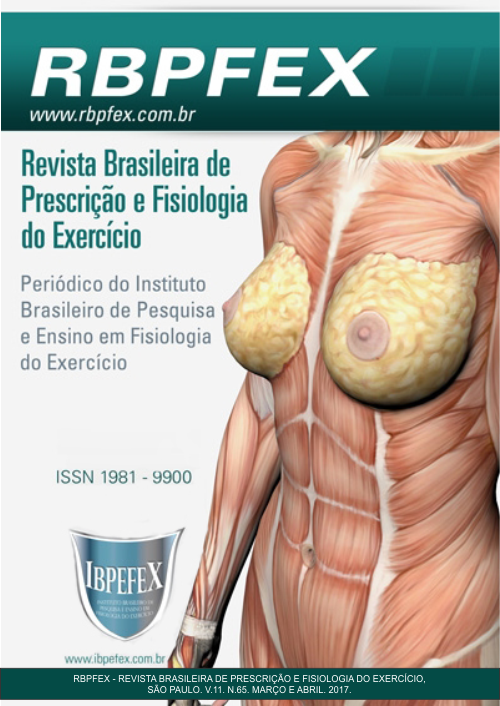Motivational Differences between Tai Chi Chuan Practitioners
Abstract
With this simple research we tried to understand what motivates people for the practice of Tai Chi Chuan and the differences between competition and leisure practitioners. The Participation Motivation Questionnaire (P.M.Q.) was carried out on 16 participants and, for the treatment of the data, we used Mann-Whitney test with the objective of unveiling a little about: 1) What may be the major and minor motivations of Tai Chi Chuan practitioners? 2) Do this motivations seem to differ between competition and leisure practitioners? Generally, it was verified a favourable pattern in the relationship between intrinsic and extrinsic motivations of both kinds of practitioners. However, some differences were suggested. Athletes seem to put more focus in the development of skills but not competition itself, while leisure practitioners aim, above all, for health and fitness, not considering fun and pastime a main motivational aspect.
References
-Alderfer, C. P. Existence, relatedness, and growth. Nova York. Free Press. 1972.
-Cratty, B. Psicologia no Esporte. Rio de Janeiro. Prentice-Hall. 1984.
-Dias, I. Estrutura de Motivos da Prática da Atividade Física: Estudo em jovens dos dois sexos, dos 10 aos 14 anos de idade, do Concelho do Porto. Porto. FCDEF (Non published document). 1995.
-Han, A.; Robinson, V.; Judd, M. Tai chi for treating rheumatoid arthritis. Cochrane Database Syst Rev. Vol. 3. 2004.
-Gill, D. L.; Gross, J. B.; Huddleston, S. Participation motivation in youth sports.International Journal of Sport Psychology. Vol. 14. p. 1-14. 1983.
-Li, F. Tai Ji Quan exercise for people with Parkinson's disease and other neurodegenerative movement disorders. Int J Integr Med. Vol. 1. 2013.
-Li, F. The effects of Tai Ji Quan training on limits of stability in older adults. ClinicalInterventions in Aging. Vol. 9 p. 1261-1268. 2014.
-Maslow, A. Motivation and Personality. NY. Harper. 1954.
-Plotnik, R.; Kouyoumjian, H. Introduction to psychology. Belmont, CA: Wadsworth. 2011.
-Rego, A.O Modelo Motivacional de McClelland-uma aplicação. Lisboa. 1995.
-Rodrigues, J.; Mestre, M. Modern wushu. Motivations of high-level athletes. Educación Física y Deportes Revista Digital. Ano. 20. Núm. 203. 2015.
-Sant’Ana, D. M. Taijiquan Príncipios Elementares. Oporto: She-si. 2011.
-Serpa, S. Desenvolvimento somato-motor e fatores de excelência desportiva na população escolar portuguesa. Porto. FCDEF (Non published document). 1992.
-Wang, C.; Collet, J.P.; Lau, J. The effect of Tai Chi on health outcomes in patients with chronic conditions: a systematic review. JAMA. Vol. 16. p. 493-501. 2004.
-Zhang, C.; Sun, W.; Yu, B.; Song, Q.; Mao, D. Effects of exercise on ankle proprioception in adult women during 16 weeks of training and eight weeks of detraining. Res Sports Med. Vol. 2. p. 1-12. 2014.
Authors who publish in this journal agree to the following terms:
- Authors retain the copyright and grant the journal the right of first publication, with work simultaneously licensed under the Creative Commons Attribution License BY-NC which allows the sharing of the work with acknowledgment of the authorship of the work and initial publication in this journal.
- Authors are authorized to enter into additional contracts separately for non-exclusive distribution of the version of the work published in this journal (eg, publishing in institutional repository or book chapter), with acknowledgment of authorship and initial publication in this journal.
- Authors are allowed and encouraged to post and distribute their work online (eg, in institutional repositories or on their personal page) at any point before or during the editorial process, as this can bring about productive change as well as increase impact and impact. citation of published work (See The Effect of Free Access).






